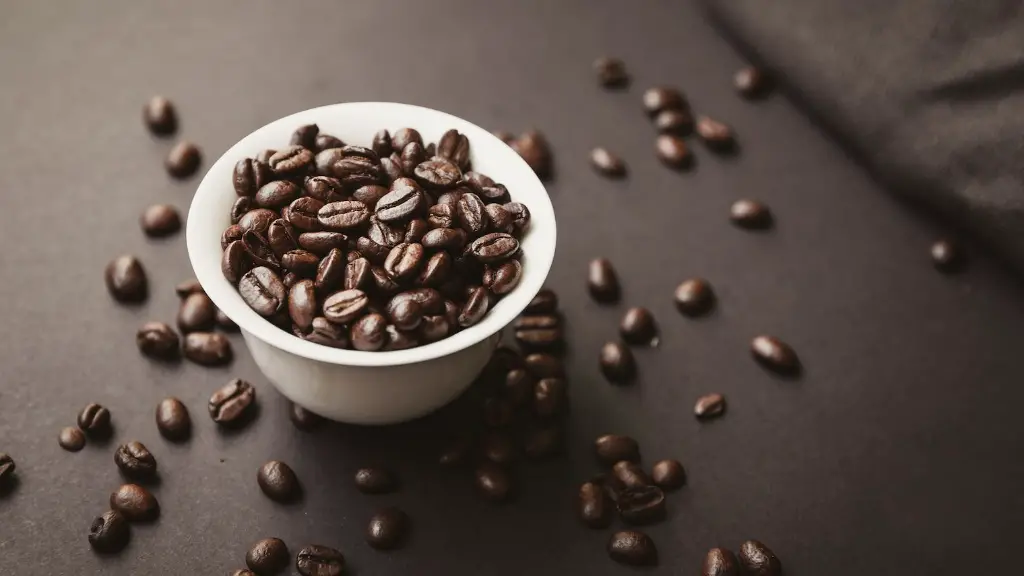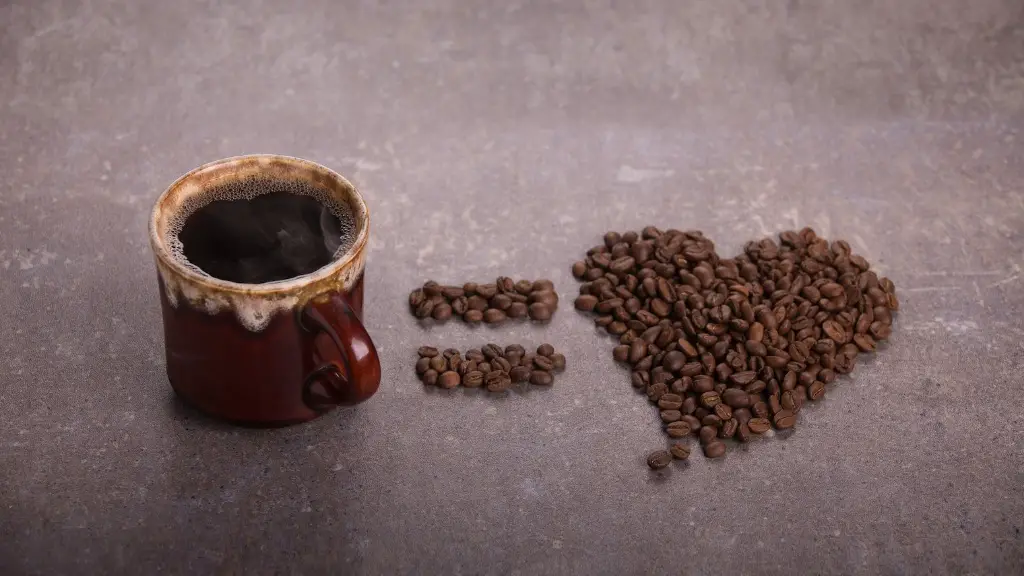Caffeine is the world’s most commonly used stimulant and its presence varies in different coffee products. Most people know that coffee can provide an energy boost, but they may not know how much caffeine they are consuming. Starbucks Cup of Coffee has become commonly associated with high amounts of caffeine, but it’s worth noting that a plain cup of black or espresso coffee from Starbucks is not extremely high in caffeine.
A plain Dunkin’ coffee of the same size contains more caffeine than a plain Starbucks cup of coffee, although the specific amount of caffeine can change depending on the brewing process used for the coffee cups. Additionally, Starbucks is known for offering several specialty drinks on the menu that contain more caffeine than the plain coffee.
On average, a standard 12-ounce cup of black or espresso coffee from Starbucks contains approximately 260 mg of caffeine, which is slightly higher than the average cup of coffee served at other cafes. However, this amount of caffeine can vary depending on the type of brew that is used and how much coffee is used in the cup. Additionally, a single shot of espresso from Starbucks usually contains around 75 mg of caffeine, which is about 25 percent less than the caffeine content in a standard cup of coffee.
As one might find with almost any product, caffeine content is likely to increase when more coffee is added. Thus, caffeine levels may be higher in larger size cups of Starbucks coffee, such as those that contain 16 or 20 ounces. Furthermore, some of the specialty drinks offered on the Starbucks menu contain significantly more caffeine. For instance, a Trenta-size (31 ounces) cool lime refresher has 205 mg of caffeine, while a Trenta-size (31 ounces) white chocolate mocha espresso frappuccino contains 200 mg.
Overall, the quantity of caffeine in a Starbucks cup of coffee depends on several factors, including the type of brew used, the amount of coffee in the cup, and the sort of beverage it is. Nevertheless, caffeinated drinks should be taken in moderation to avoid the negative, long-term effects associated with excessive caffeine intake.
Distinguishing Between Different Roasts
Different roasts of coffee have different levels of caffeine. Generally, darker roasts are more robust in taste, whereas lighter roasts have a more subtle flavor and contain more caffeine. In addition, some of the specialty drinks found at Starbucks are more caffeinated than others. For instance, the cappuccino and cold brew coffees are known to have the highest levels of caffeine, whereas the iced teas and decaf coffees contain the least. Depending on the circumstances, caffeine-sensitive customers may need to pay attention to the type of roast they choose in order to reduce their caffeine intake.
Health Considerations
It’s important to understand how much caffeine is contained in a Starbucks cup when assessing its potential health benefits. Although caffeine can increase alertness and provide some health benefits, excessive caffeine intake can lead to headaches, restlessness, and even difficulty sleeping. Additionally, those who are pregnant, breastfeeding, or sensitive to caffeine may need to lower their intake. Excessive caffeine intake can lead to insomnia, elevated blood pressure, and increased heart rate, which is why it’s important to understand the levels of caffeine in a Starbucks cup before consuming.
Personal Insights and Considerations
Caffeine affects everyone differently, so it’s important to keep in mind how personal reactions will vary when consuming a Starbucks cup of coffee. For instance, some people may feel jittery or anxious when drinking coffee from Starbucks, whereas others may feel energized. Additionally, although most people prefer the taste of specialty drinks, they might want to be aware of the caffeine levels contained in those beverages. When selecting a beverage at Starbucks, consumers may want to consider their overall health goals, as well as their specific caffeine tolerance level.
Environmental Considerations
When choosing a cup of coffee from Starbucks, it’s important to consider the environmental impact of the purchase. Unfortunately, coffee production can be a source of pollution, contributing to global warming, water scarcity, and deforestation. Starbucks has taken steps to reduce its environmental impact, including investing in sustainable coffee sourcing, reducing waste, and boosting energy efficiency. Nevertheless, customers should consider the environmental impacts associated with their purchase prior to selecting a cup of coffee from Starbucks.
Knowledge Gained from Starbucks Beverages
When it comes to choosing a beverage from Starbucks, customers should be mindful of the caffeine levels contained in their beverage. Additionally, some of the commonly available drinks on the menu contain significantly more caffeine than the average cup of coffee. Moreover, extra caffeine can also be added to some drinks, such as cappuccinos or frappuccinos. Knowing the differences between the various drinks, as well as the caffeine content, can help customers make the best possible decisions.


